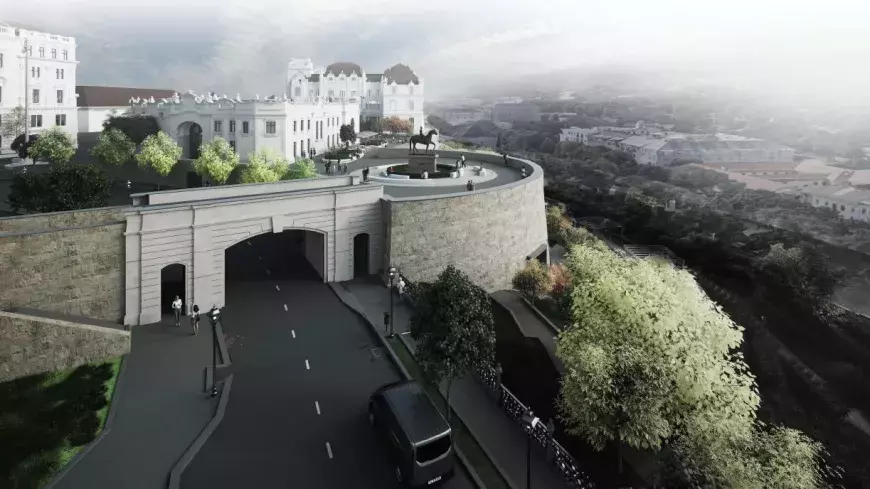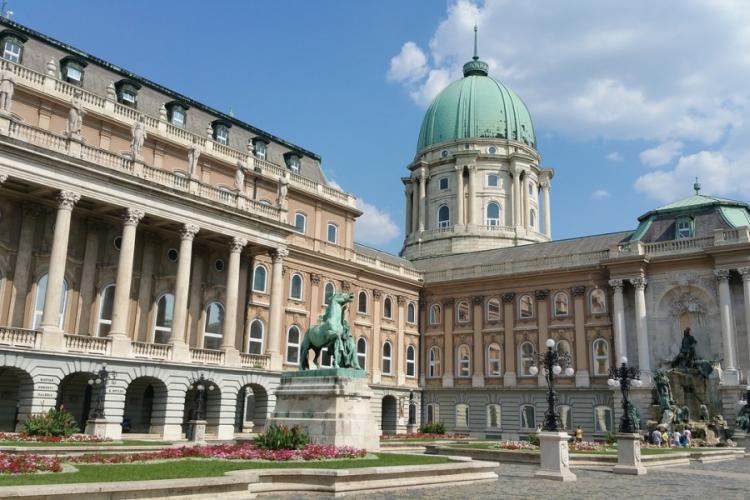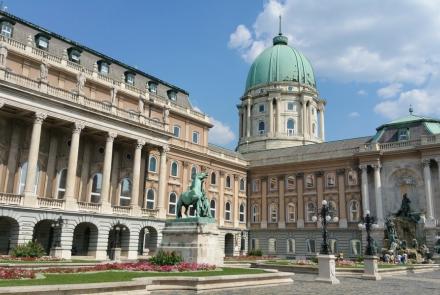Newly Released Renderings Show the Revitalization of Buda Castle
New images have been posted on the National Hauszmann Program's social media pages showcasing what the reconstructed section of the Buda Castle, known as the Fehérvár Gate will look like.
The National Hauszmann Program is a comprehensive restoration initiative launched by the Hungarian government in 2019, aiming to revitalize Budapest's historic Buda Castle District. Named after the renowned architect Alajos Hauszmann, who significantly influenced the area's architectural character in the late 19th and early 20th centuries, the program seeks to restore, reconstruct, and modernize various structures and public spaces that were damaged or destroyed during World War II and neglected during the subsequent decades.
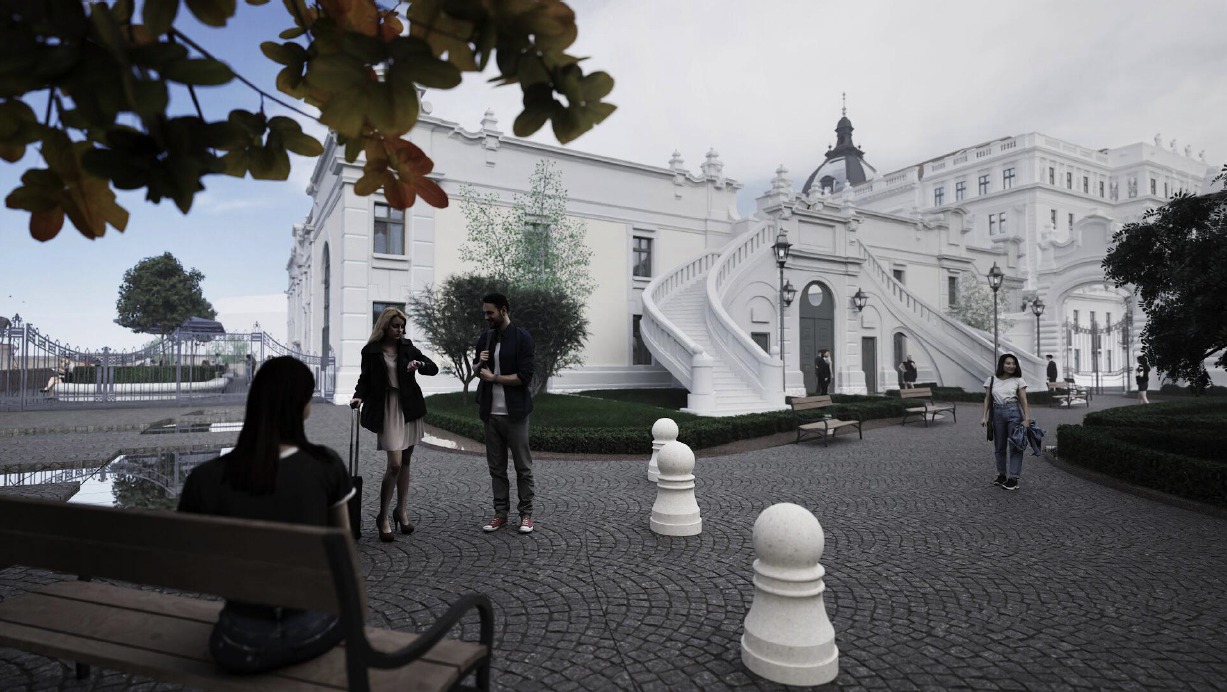
As the post writes:
The Fehérvár Gate will be reborn in a form similar to its late 19th century state as part of the National Hauszmann Program. The now obsolete pedestrian passageway spanning Palota Road was built during the socialist era to connect the Fehérvár Rondella with the Tóth Árpád Promenade. The renewed entrance to the Buda Castle will be built in place of the previous single-span bridge that did not fit well into the historical surroundings: we are building a real castle gate with two pedestrian and a car passage in the middle.
The history of the Fehérvár Gate goes back several hundred years. At first, it was called the Jewish Gate because of the Jewish community living in the area, while during the Ottoman-Turkish occupation it was called the Ova Kapuszi, i.e. Field Gate. It has been called the Fehérvár Gate since the end of the 17th century, which it received from the national road leading to Székesfehérvár, since it started from here.
Together with the Fehérvár Gate, we are also reconstructing the Fehérvár rondella, on top of which we will once again erect the equestrian statue of Arthur Görgei. We are also repairing the walkway on the top of the bastion, planting green vegetation and installing street furniture that suits the environment.
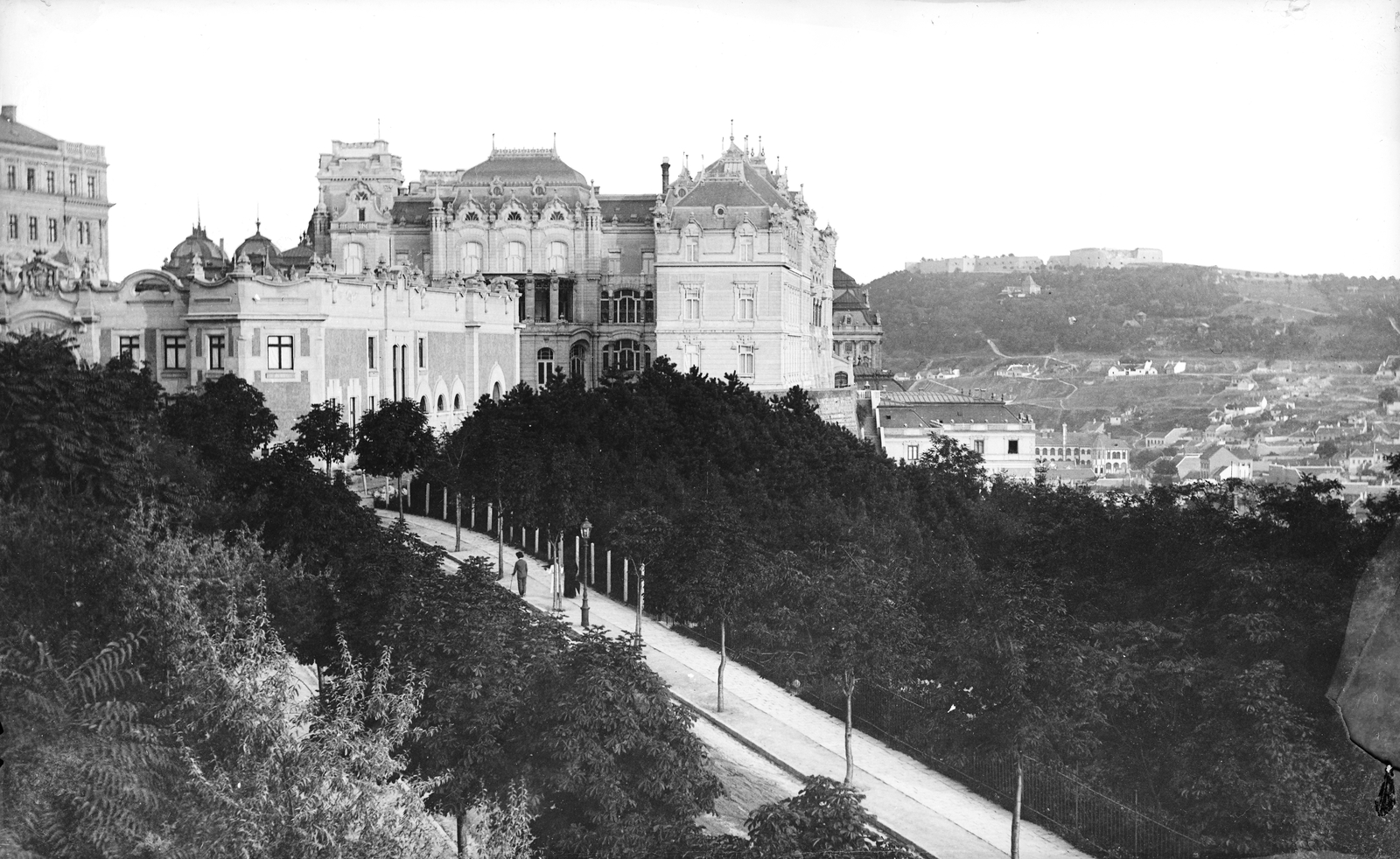
The former stable building of the Archduke Joseph Palace, which was demolished after World War II despite minor damage, will also be reborn. In addition to its original function, the building will also house community rooms, a multifunctional event hall and a café. The roof terrace can be accessed from the József Garden via a stunning double-flight staircase. The building will be reconstructed with its original exterior, but at the same time using building materials and technology that meet the expectations of the 21st century.
Several key projects have been completed under the program:, such as the Royal Riding Hall: Reconstructed to reflect its original design, the Royal Riding Hall now serves as a venue for cultural events and exhibitions; the Stöckl Staircase: This historic staircase has been meticulously restored, enhancing connectivity within the Castle District and offering visitors a glimpse into the area's architectural heritage, the Guard House: Once the residence of the castle guards, this building has been rebuilt, contributing to the district's historical ambiance, the Saint Stephen's Hall: Destroyed during World War II, this magnificent hall has been reconstructed according to original plans, showcasing intricate woodwork, stained glass, and ornate decorations.
Ongoing and future projects include the reconstruction of the Hunyadi Court, with plans to restore historic elements while enhancing functionality. Additionally, the program encompasses the renovation of the Fehérvári Rondella and surrounding gardens, as well as the restoration of the equestrian statue of Artúr Görgey and the Matthias Fountain.
Articles
The main façade of the Archduke Joseph Palace on Szent György tér (Saint George Square) wi
